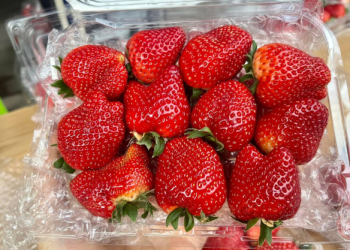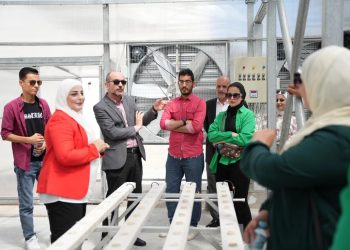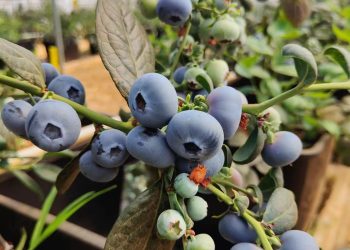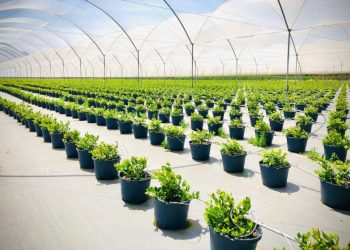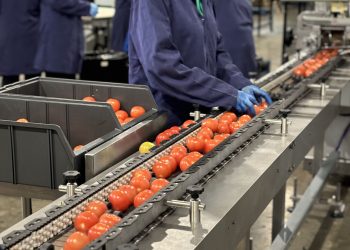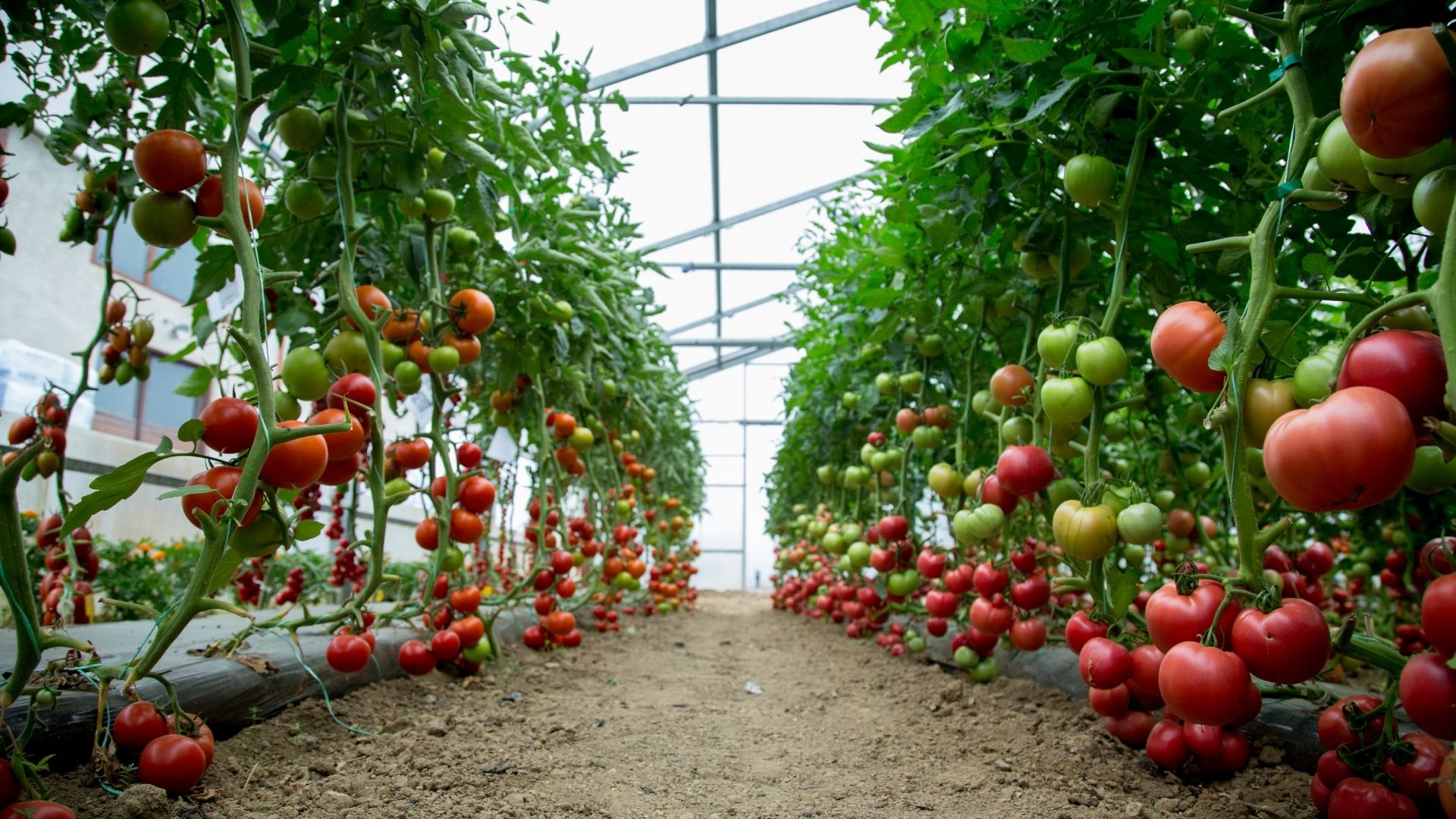Opening a profitable strawberry harvest in San La: market trends and quality assurance
The strawberry picking season in Son La Province's picturesque landscape brings a flurry of activity and economic opportunities to local...
North Korea’s Giant Vegetable Farm and the Future of Agriculture
North Korea has taken a bold step by unveiling its vision of modern agriculture by opening a colossal vegetable farm...
Unlocking Potential: Hydroponic Farming Training for Sustainable Agriculture
The completion of a six-month hydroponic farming training program marks a significant milestone in the journey towards sustainable agriculture. Led...
Planasa’s Commitment to Quality: Advancing Blueberry Cultivation in China
Planasa, guided by its corporate ethos of "Rooted in China, Serving China," continues to lead the Chinese market with its...
Cultivating Blueberries: Sustainable Pot Farming Under Netting
The blueberry market is experiencing rapid growth, attracting a surge of farmers seeking lucrative opportunities. However, challenges related to water...
Transforming Agriculture: Sustainable Innovations at Fenland Greenhouse and Energy Centre
In the heart of the Fenland region, a beacon of innovation shines bright at the Fenland Greenhouse and Energy Centre....


